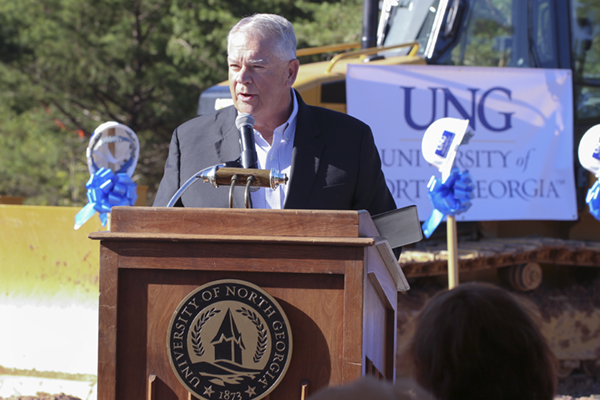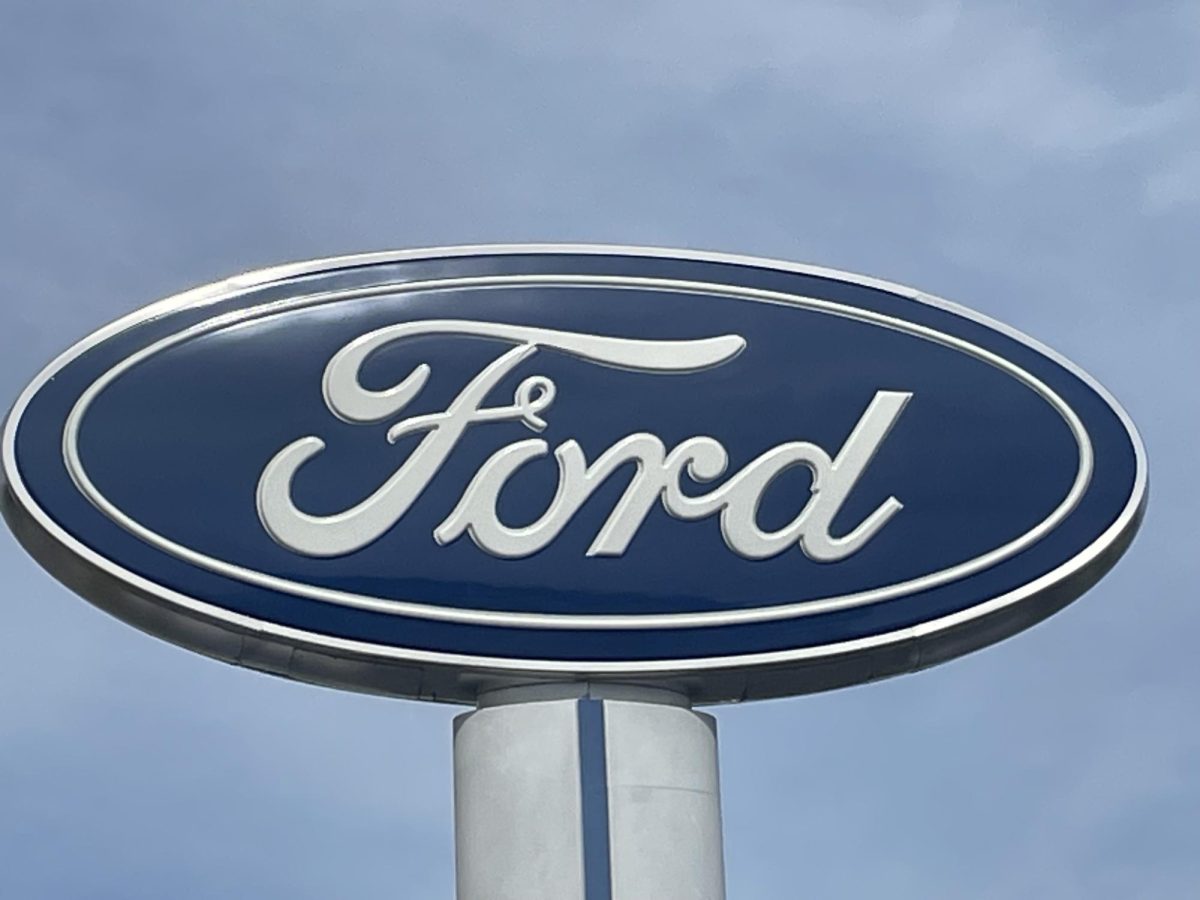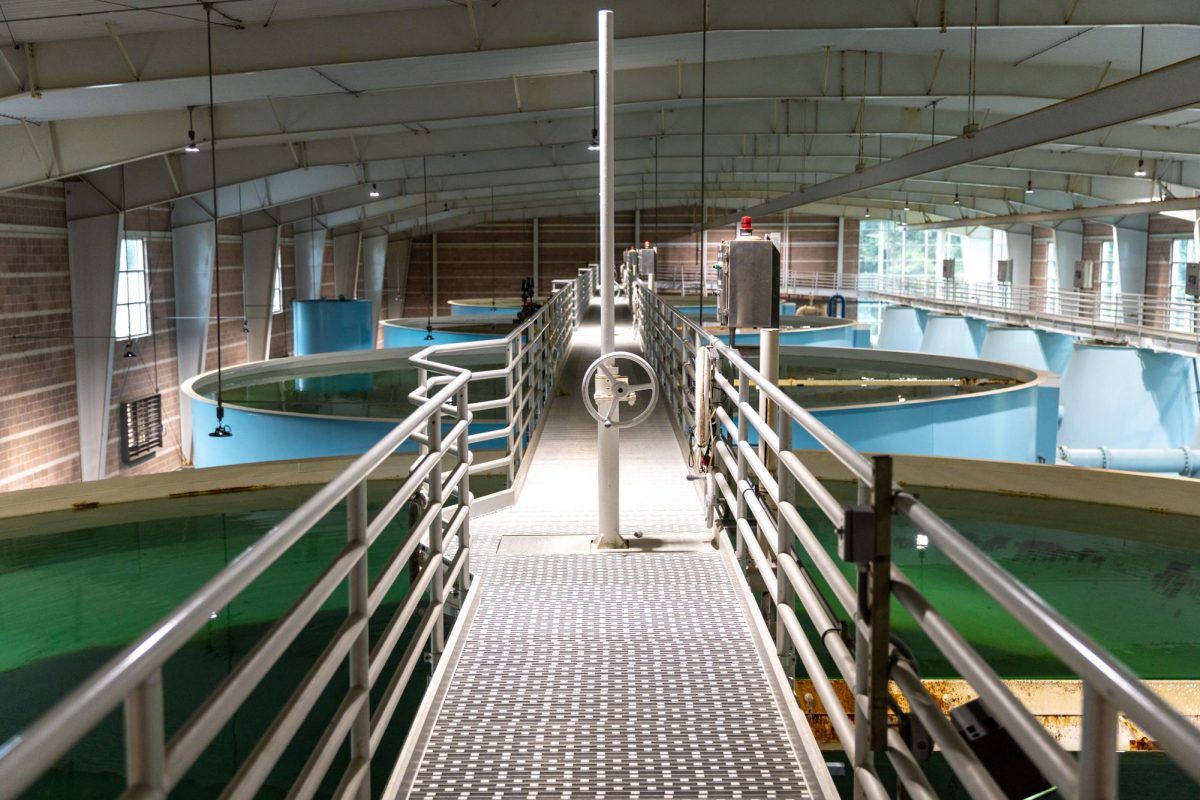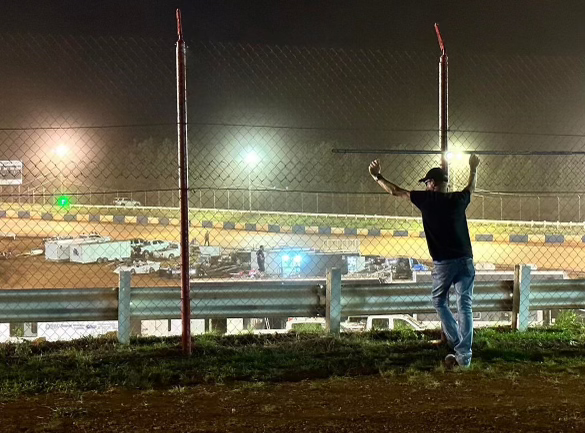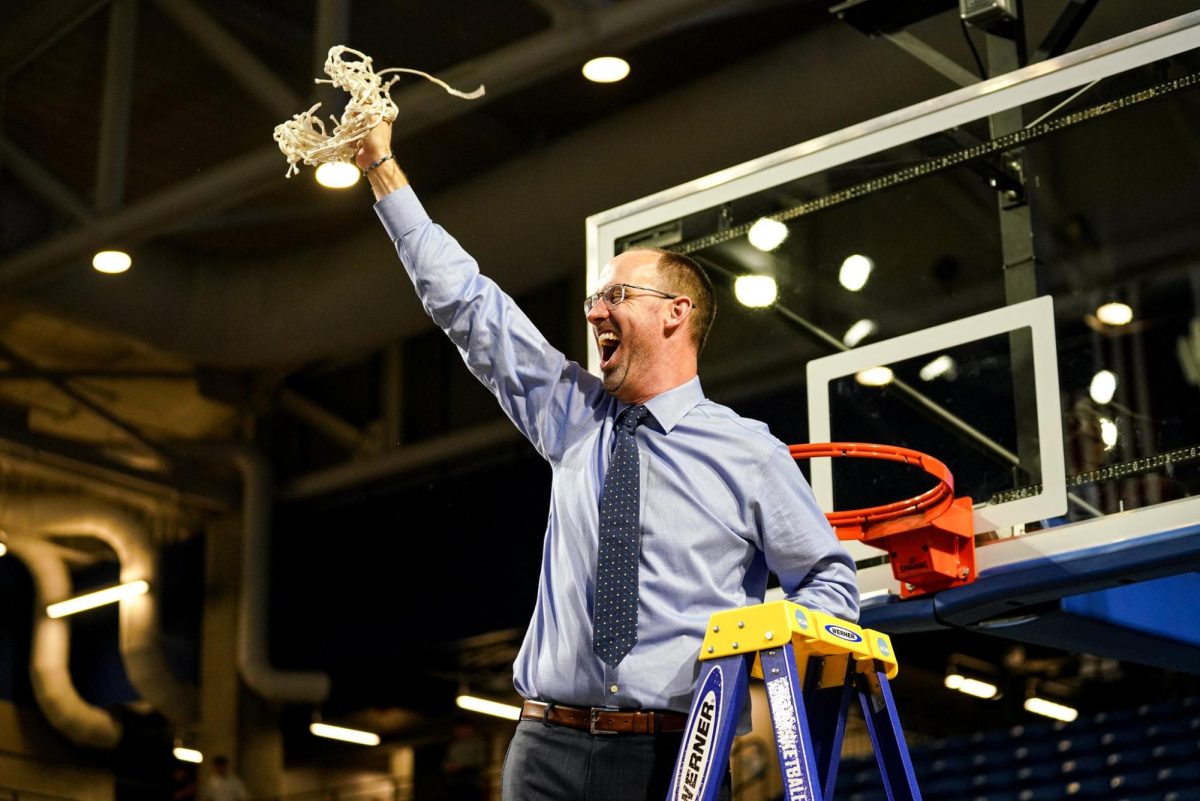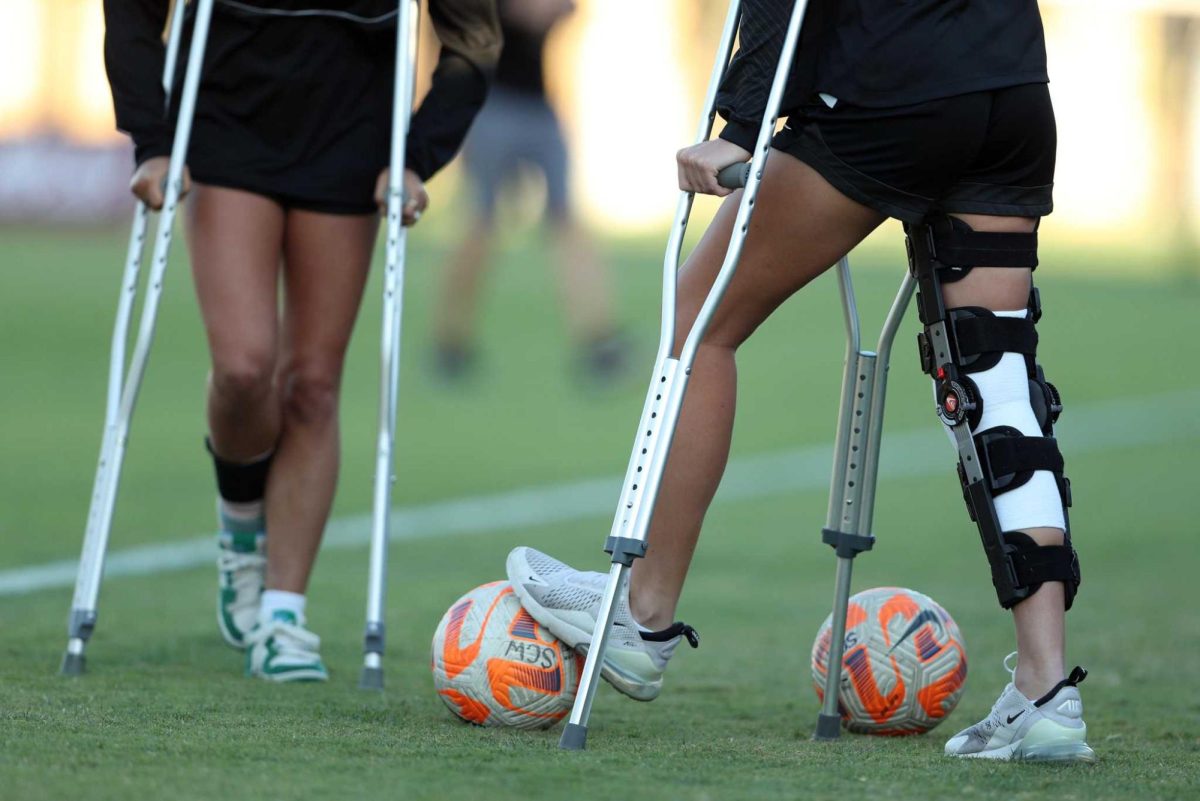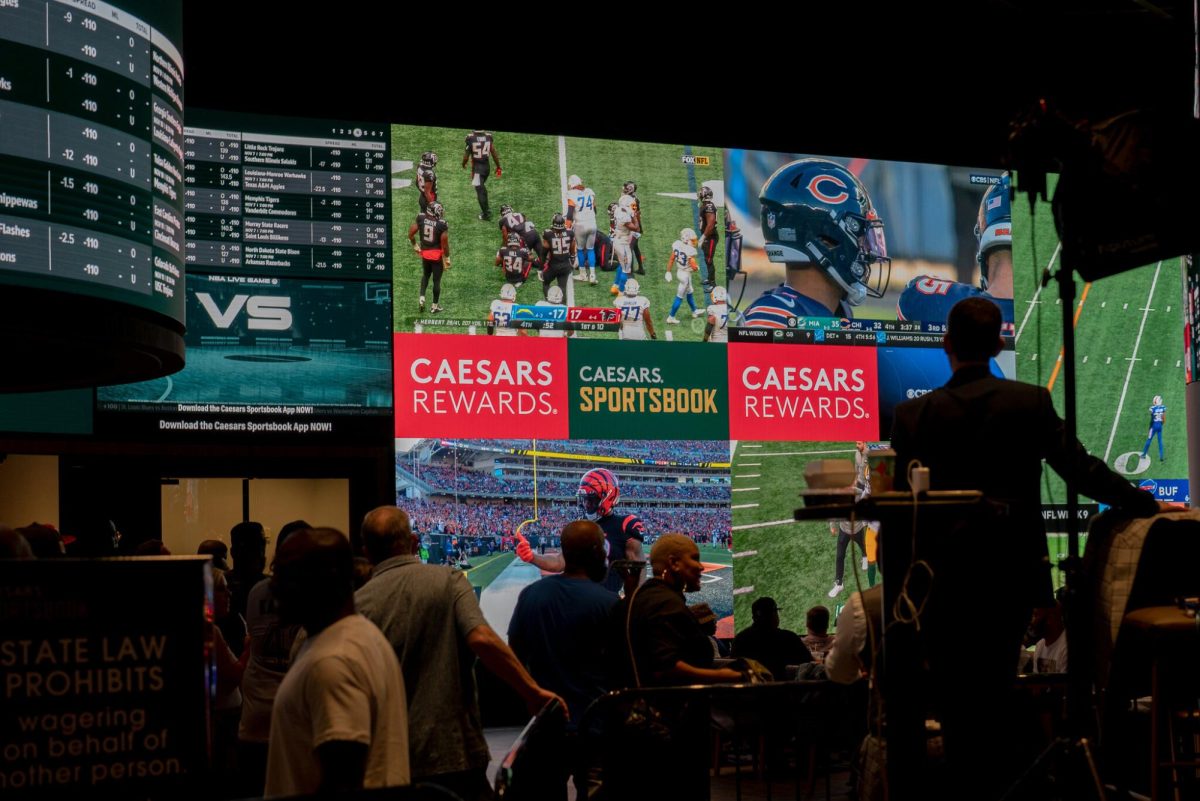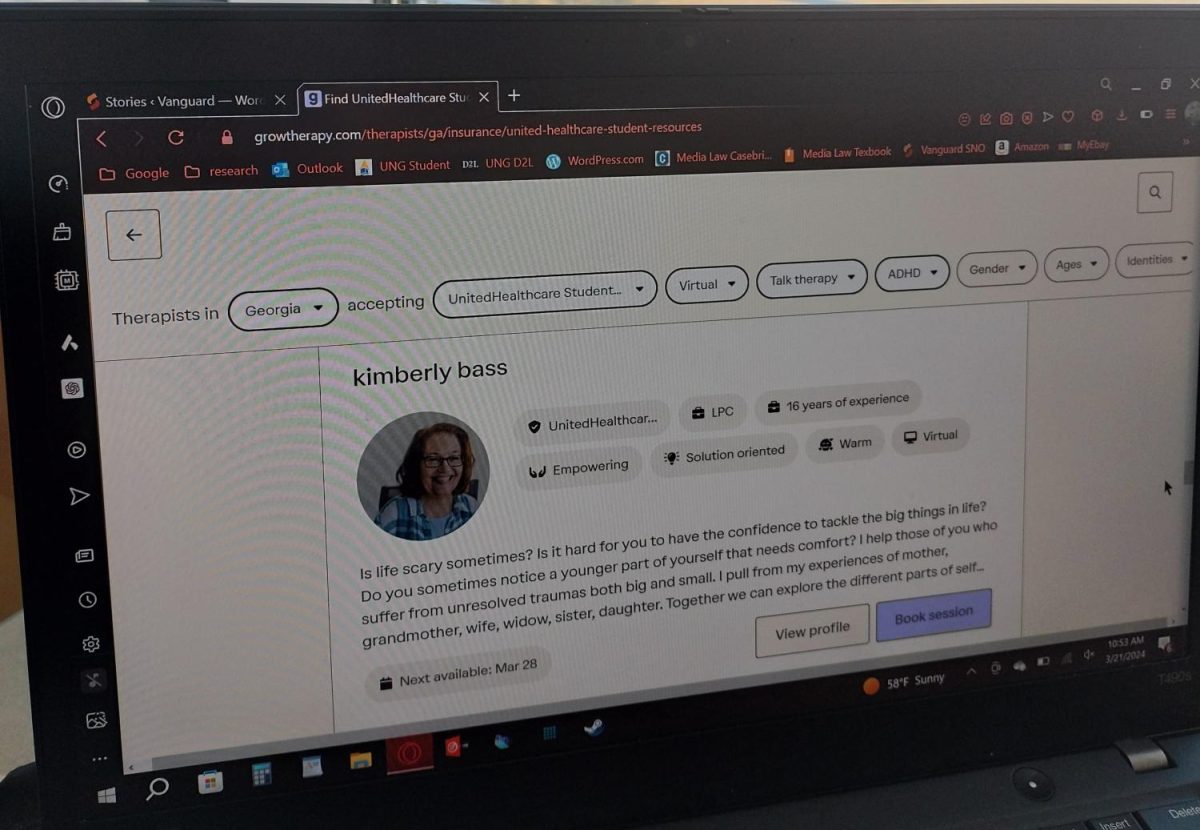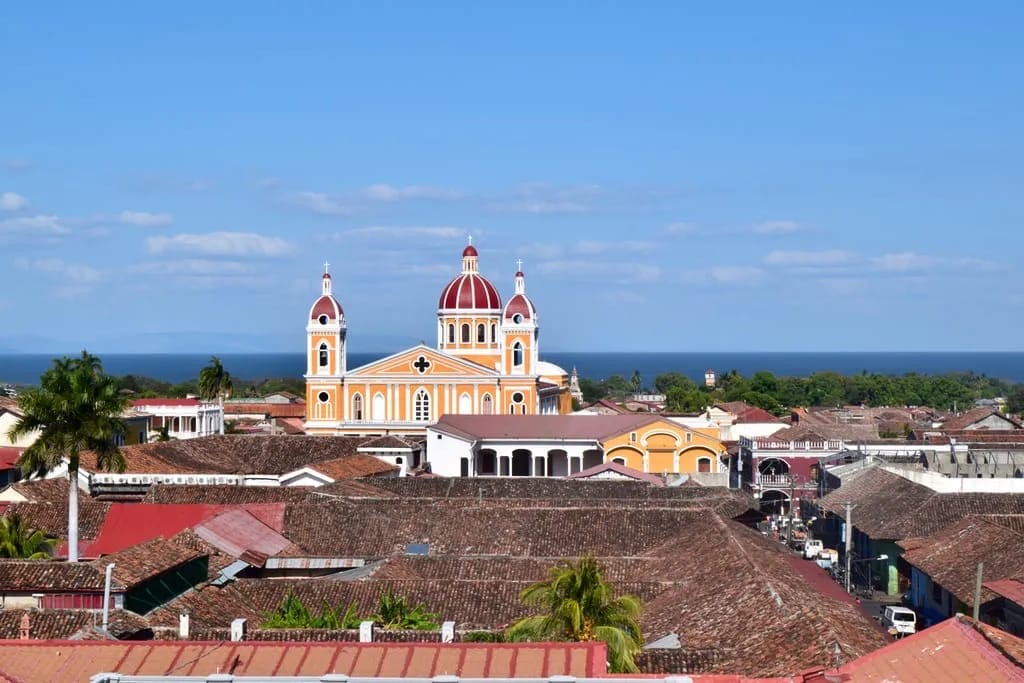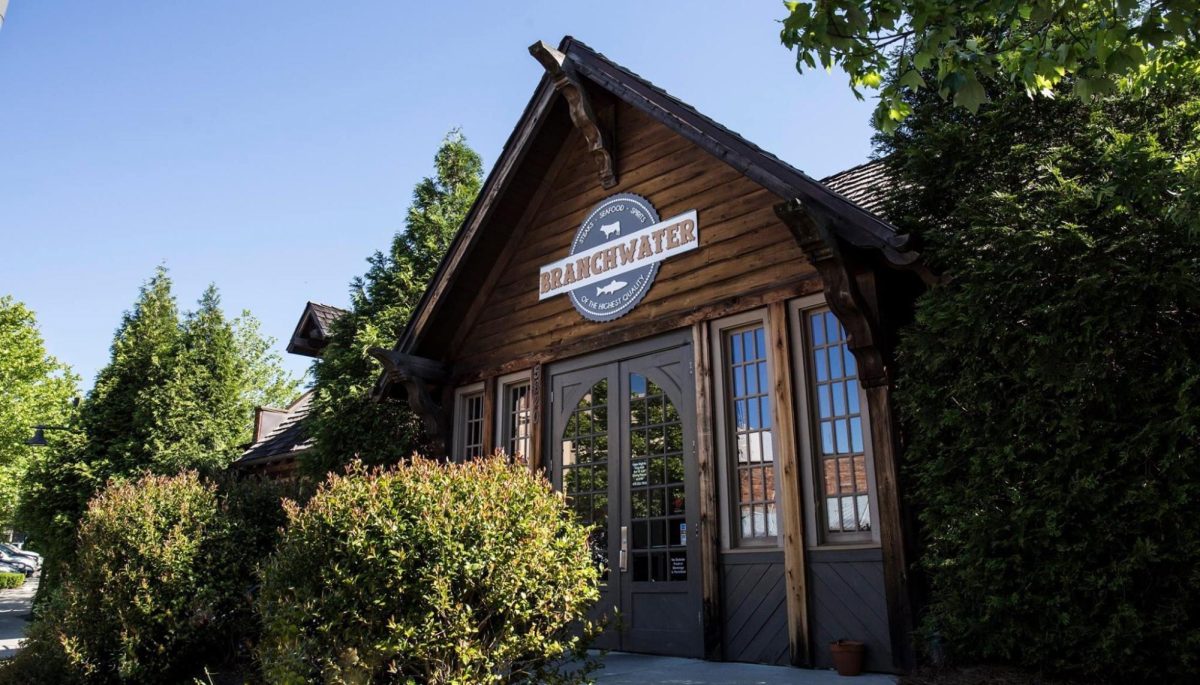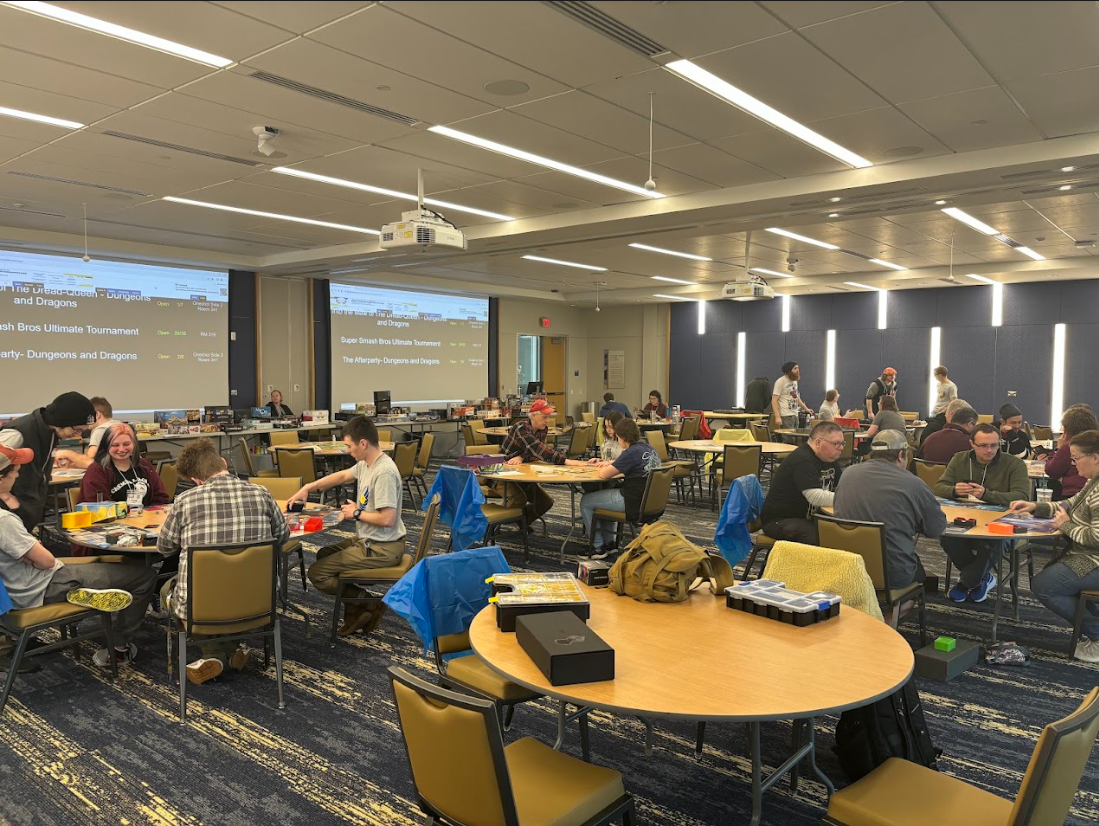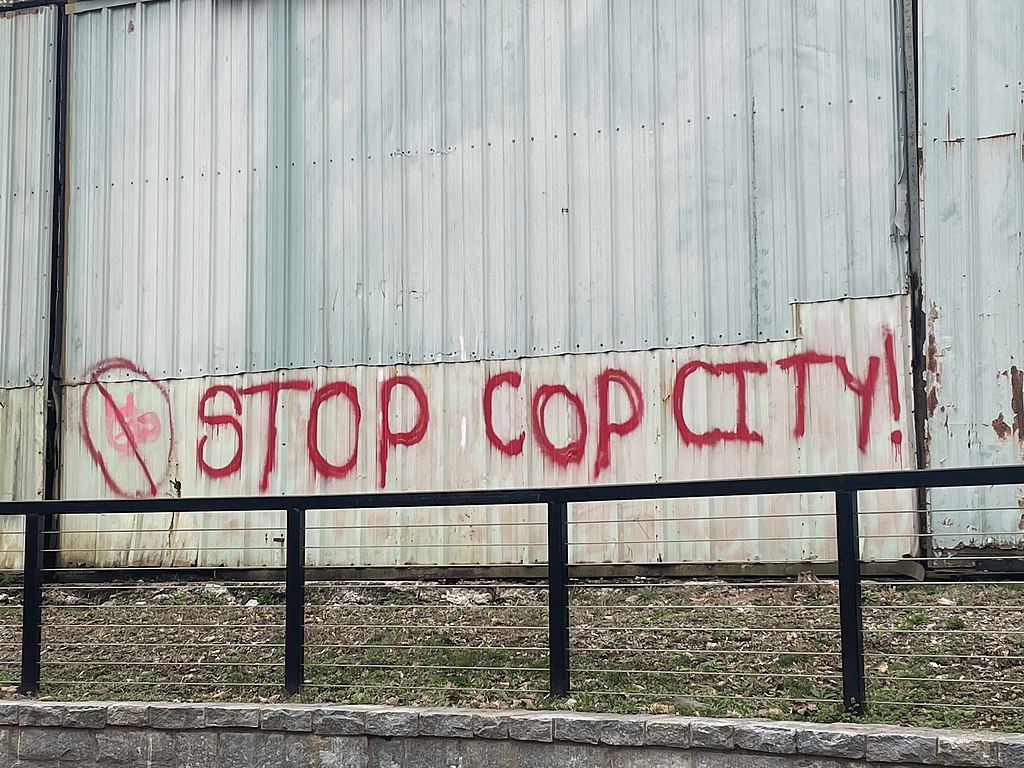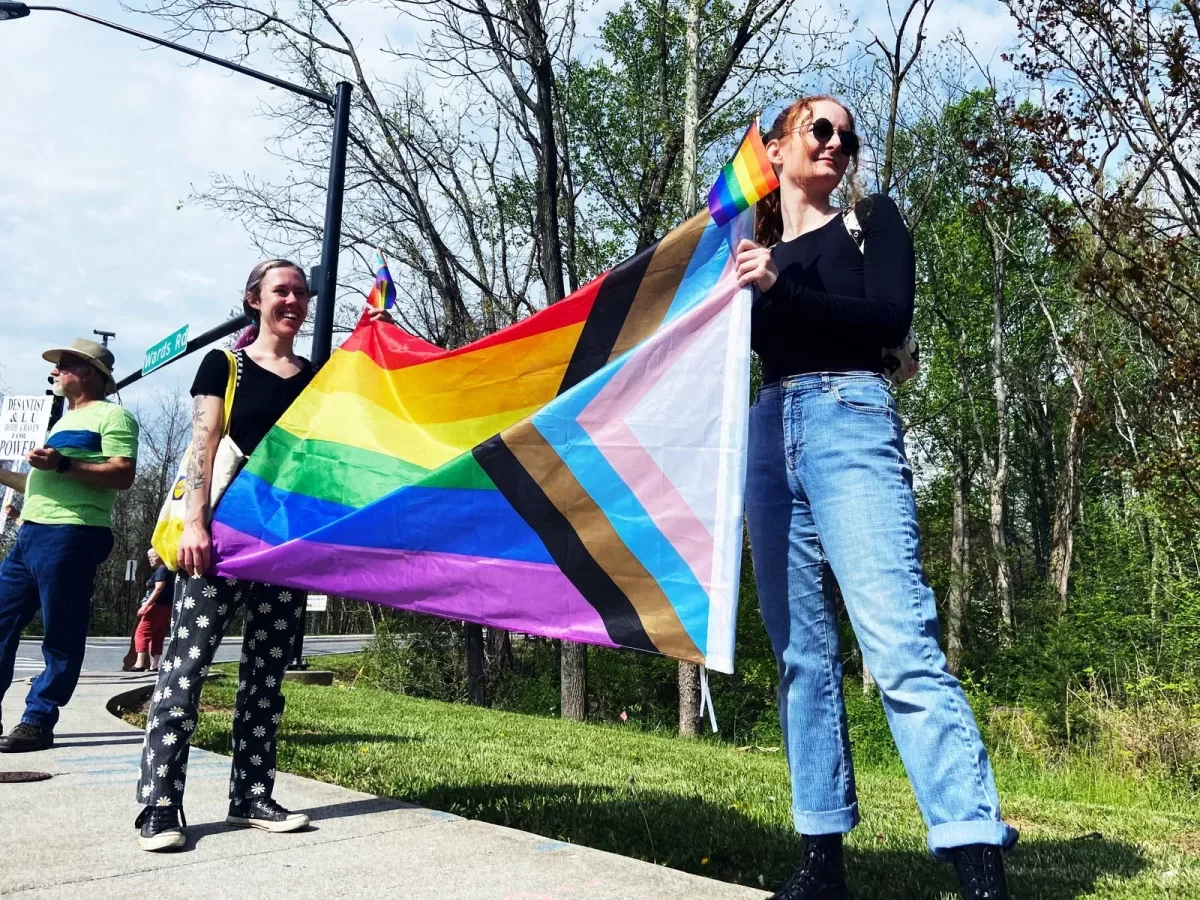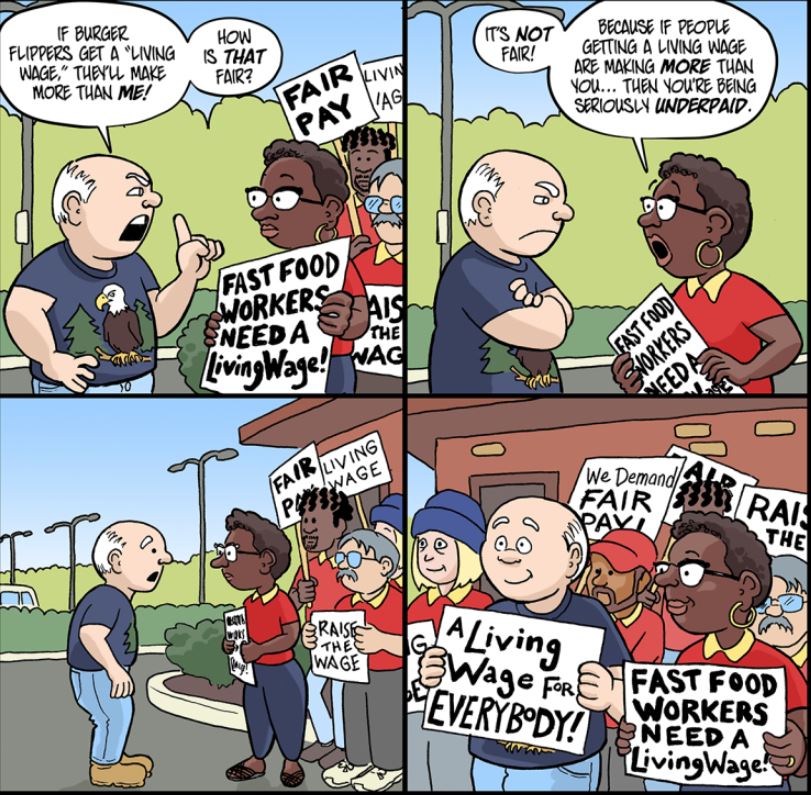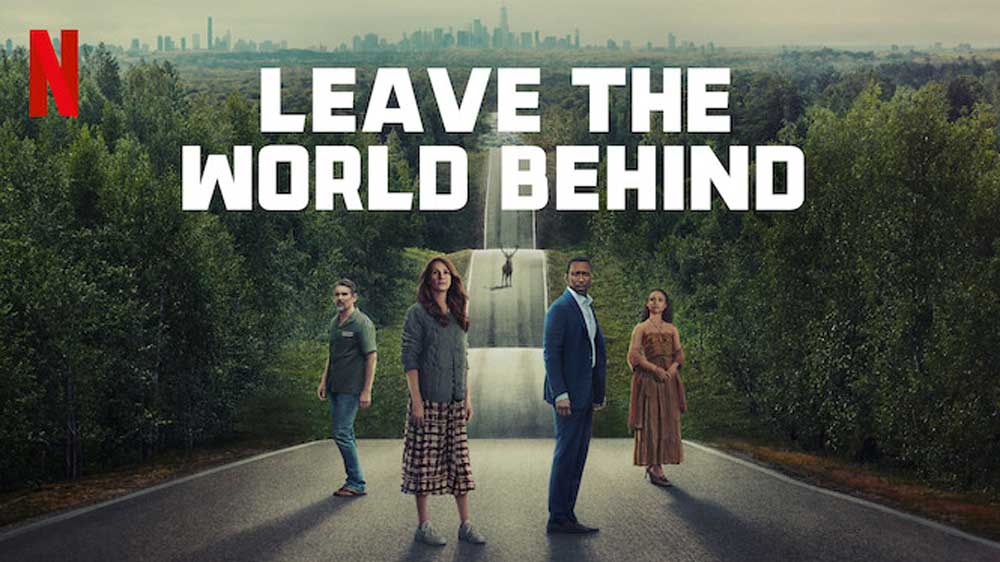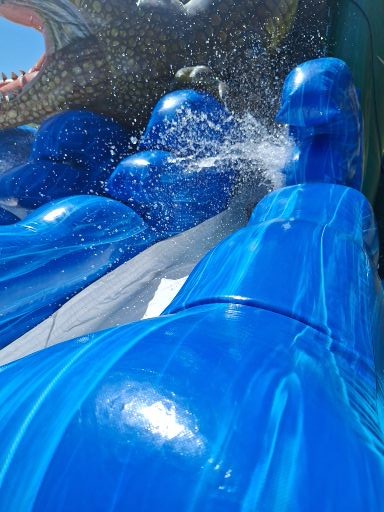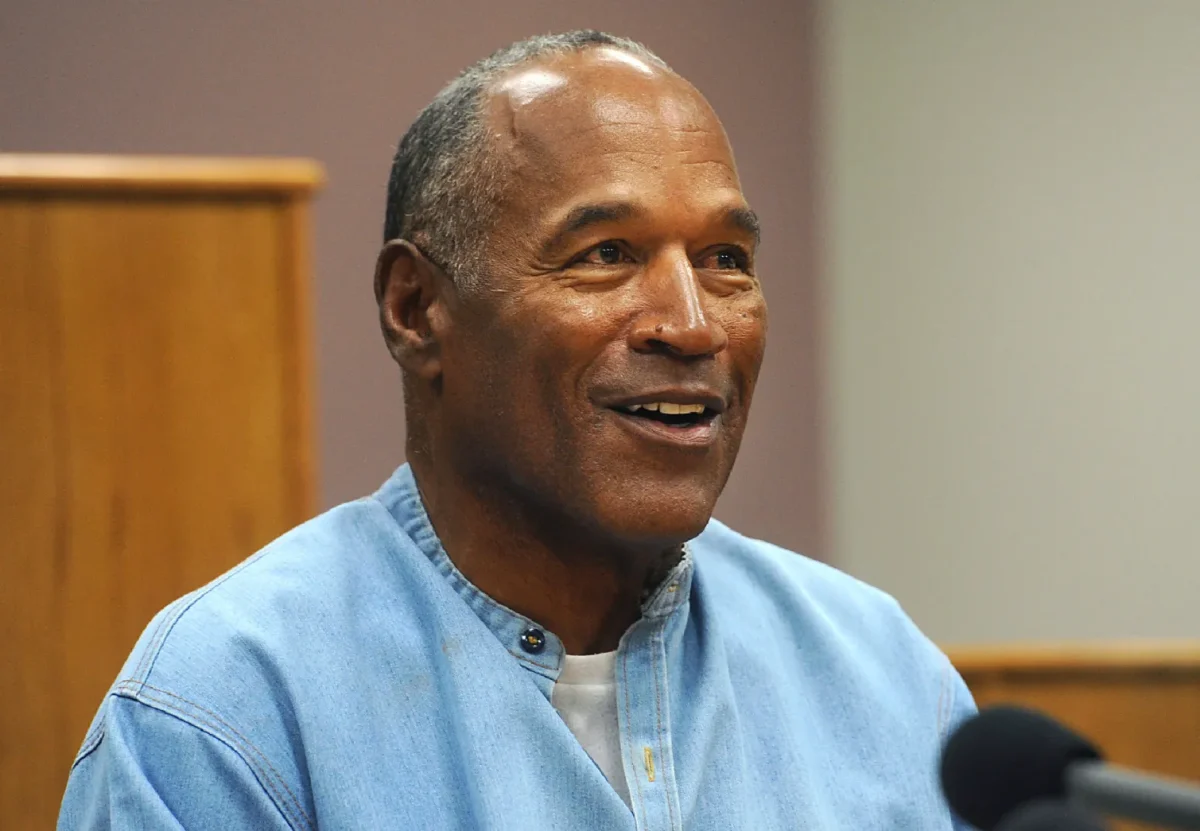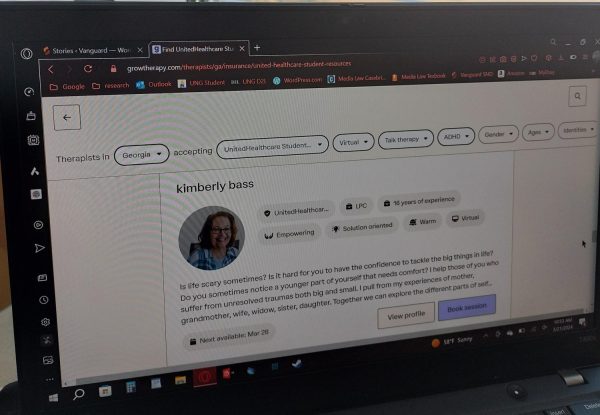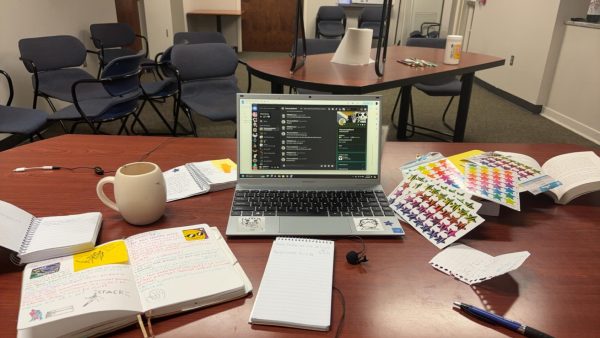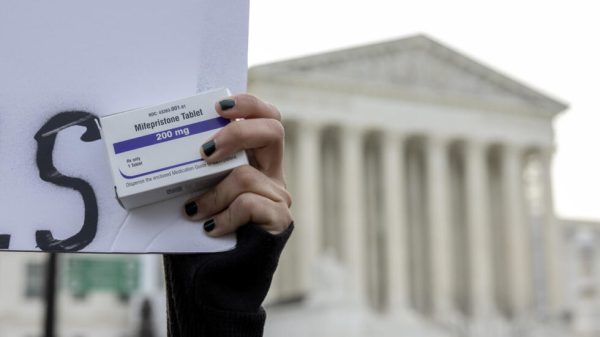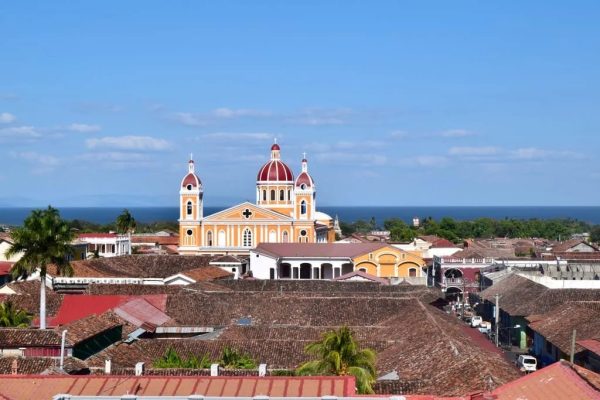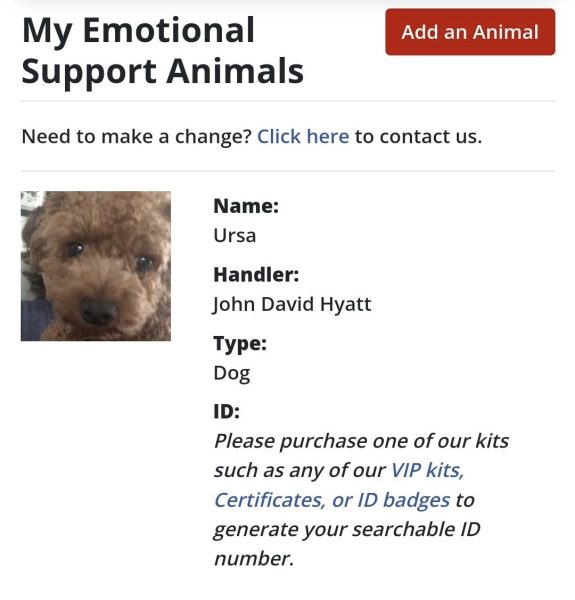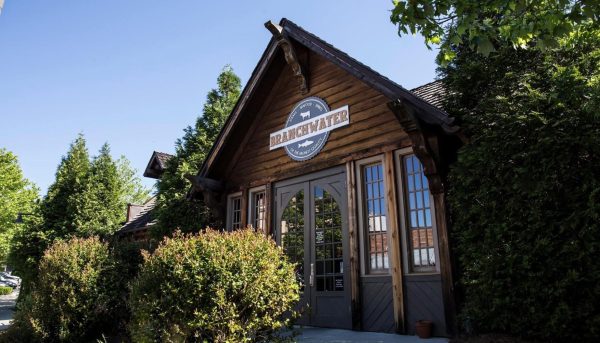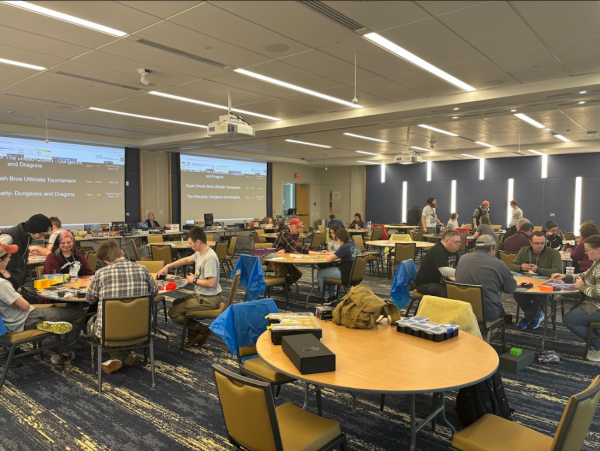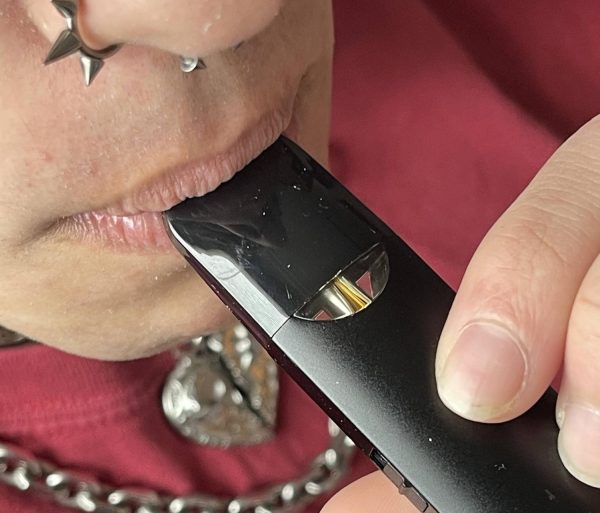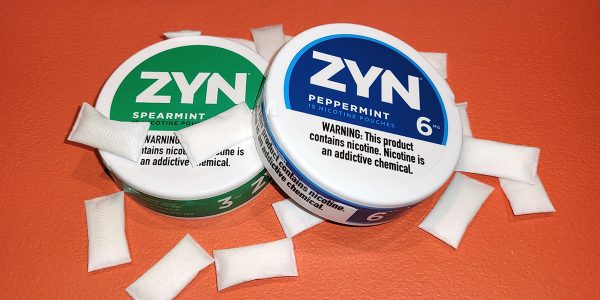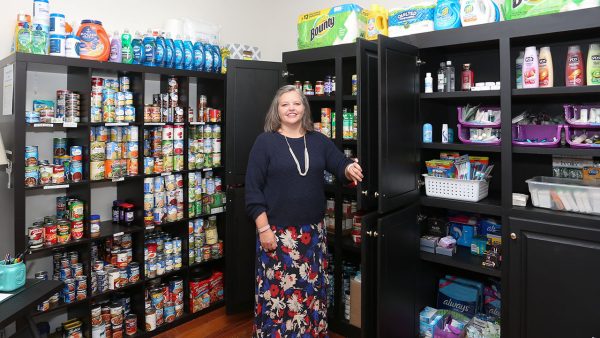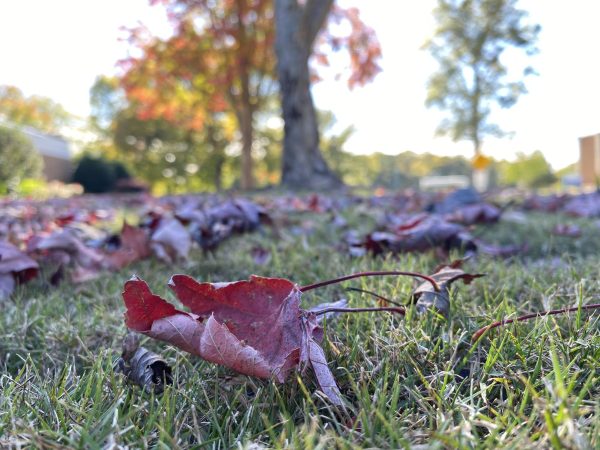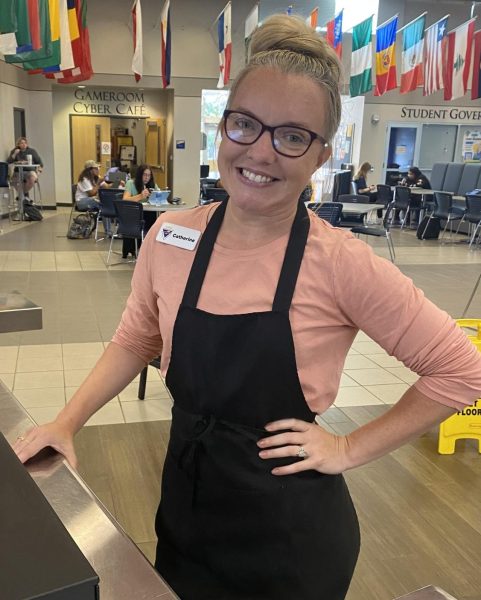What To Do About Dying
There are a few universal truths that connect all of us, one of which is the fact that we will all one day die. Confronting the idea of death is uncomfortable for most people, to say the least. In life, we’re usually too busy living and ignoring (or fearing) death to truly plan for it. Planning for your death won’t give you any control over the circumstances under which you die, but it does award you a level of autonomy over how you’ll be remembered and what the living will do with your remains once your race is run. Doing so can be empowering, but more importantly, it will take the weight of making those choices off of the shoulders of your family members or friends when the time comes. Let down your guard to the macabre and explore the various postmortem options for your body. Your loved ones will thank you.
James Bearden is a funeral home director so, naturally, he deals with death every day. He says, “You can’t do too little or too much when it comes to pre-planning.” Nobody wants to think about their loved one’s death, but once its upon them, it can be a further trauma to the living and quite a heavy burden to have to guess at what that person wanted for their remains. Making those decisions now could be as easy as opening a word document and making a few calls, something that can be done in a day or two. As a result, you’ll be able to guide the people you love most through the grief process from beyond the grave.
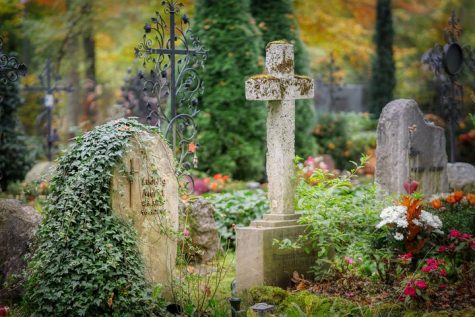
The most traditional option is likely what comes to mind when you think of death – the embalmed casket burial. When your body is embalmed, a mortician drains all of the fluids in your body and replaces them with artificial fluids that preserve and sanitize your remains. Embalming allows time for the living to make plans for a funeral service and often time means you can have an open casket if you like the idea of people getting to see your body one more time. If you want to, you can also choose a preferred casket style/color and even purchase a burial plot to be your eternal resting place. You have the option to start making payments on a casket and burial plot long before you’ll ever need them. When you choose to be embalmed and buried, there are some unexpected ways for your family to be involved that might seem bizarre, but are reported to be conducive to a healthy grieving process. Some of those options include helping dress you in a favorite outfit and applying your makeup prior to the funeral, rather than the mortician doing so on their own.
The second most common option in the United States is cremation. Many choose this option because it’s more cost effective, because they don’t want their body to rot, negative associations with cemeteries, a desire to have their remains spread in a place where a traditional burial wouldn’t be appropriate/legal, or a combination of reasons. The process of cremation is fairly simple. A mortician places the body into a ‘retort’, which is a small furnace chamber lined with firebrick. When the door is closed, the body is burned for three to four hours in a fire that reaches up to 1,800 degrees Fahrenheit. All that remains after cremation is bone fragments and any metal that had been in your body. The bones are ground and added to the ashes to be interned in one or multiple urns for loved ones. Cremation can be offered alongside a traditional funeral service if desired. You can also be cremated after embalming if you desire an open casket service prior.
A lesser-known option is available as an alternative to traditional burial. This is known as the green burial. In a green burial, you are not embalmed before going into the ground which can reduce the amount of time available to make funeral arrangements after death. Your body isn’t buried in a casket, but instead is placed inside of a light-weight biodegradable encasement (of which there are currently a few options) and placed directly into the ground. The encasement quickly dissolves when exposed to the moisture of the dirt it’s buried in and allows your body to break down naturally into the soil.
An alternative for traditional cremation exists and is known as aquamation. This process similarly reduces your remains to bone but rather than using fire, it uses a liquid solution of water (95%) and alkali. Many who choose aquamation over cremation do so to reduce CO2 emissions or because they dislike the idea of being burned. The body is placed in a sealed stainless steel tub before the liquid solution is added. It is then heated and circulated until all of the soft tissue has sloughed off. The remaining bones are then dried and pulverized into small fragments before being returned to loved ones in an urn. The price is slightly higher for aquamation when compared to cremation but aquamation typically renders a larger volume of solid remains.
Finally is the option of body donation. There are several interpretations of body donation. You can choose to do partial donation, such as organs (which can be done prior to any of the previous options) or full body donation, which may limit body disposal choices. When you donate your body to medical research through a hospital or medical college, your body is used by doctors and medical students. Having real human bodies to study can further the medical community’s understanding and adds to the research upon which all medical science functions. Donating your body in this way is an unbelievably important gift to the living for generations to come.
Another option in body donation is donating your body to the revolutionary research facility known as The Body Farm. The Body Farm is a secluded piece of private land in rural Tennessee where bodies are lain, either exposed or partially covered on the forest floor and allowed to decompose naturally. Scientists and law enforcement officers use the research conducted here to determine things about unsolved death cases such as time-of-death, cause-of-death, conditions a body has decomposed in and more. Donating your body to The Body Farm ensures that you are useful long after your life on earth has ended. At The Body Farm, they still use the bones of their first donors who passed away in 1984 in research they conduct today.
When it comes to your body and death, take these options into consideration, but do your own research to decide what feels right for you. Grief is an unavoidable process that looks different for every family and across all cultures. Some may want to hold fast to tradition while others want to go outside the lines on their end of life plans. Regardless of what your choice may be, it will be such a gift to the ones you leave behind for them to know without a doubt that they are honoring your wishes.
Your donation will support the student journalists of University of North Georgia. Your contribution will allow us to purchase equipment and cover our annual website hosting costs.

